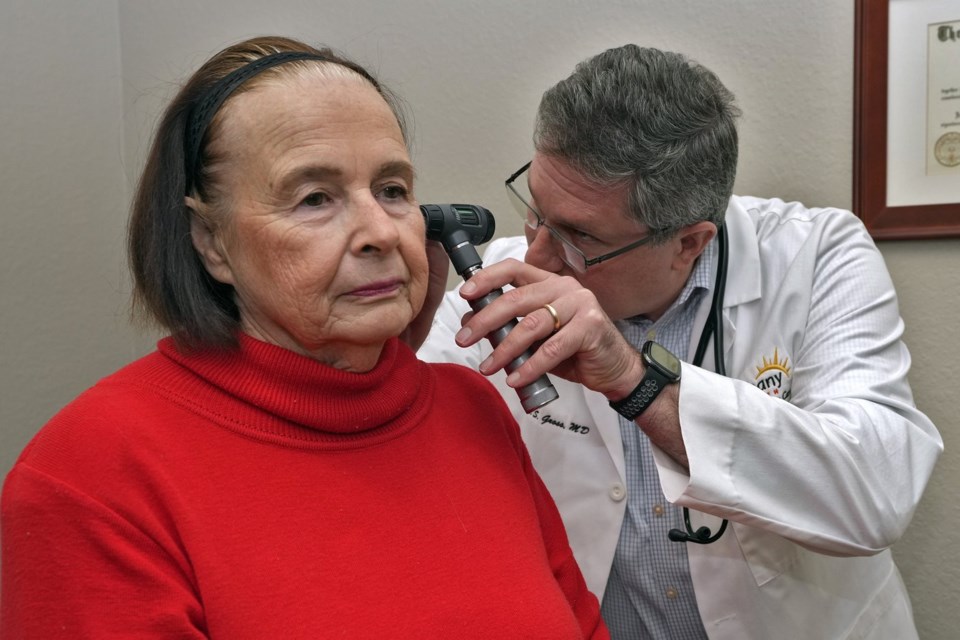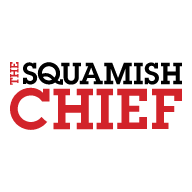Andrea Meneses stumbled on a because of a crisis.
Her grandmother, visiting Wisconsin from Bolivia, did not have insurance but needed to see a doctor fast. One of the grandchildren accidentally put her insulin in the freezer instead of the refrigerator.
Meneses reached out to friends in a panic, and one recommended Dr. Wendy Molaska, who runs a clinic in nearby Madison. Patients at these clinics pay a fee of roughly $50 to $100 month and get easier, direct access to their doctor — as often as they want for no extra cost.
Direct primary care is an increasingly popular health care option, and experts say it may become more common under health policy changes that President Donald Trump’s administration is expected to pursue. , Trump's nominee to lead the Department of Health and Human Services, mentioned direct primary care during his recent confirmation hearings.
“This is the most optimistic I've ever been about it,” said Gayle Brekke, a health services researcher based in Kansas City, Missouri, who has been studying direct primary care for more than a decade. “We're at a threshold where it really could take off.”
Some doctors and patients say they love how much simpler it is to get routine medical care and how some services can be cheaper. But public health experts caution not to think of direct primary care as a replacement for , because the monthly fee covers nothing beyond visits.
Affordable and quick care
Direct primary patients say it's helped them save a significant amount of money on health care, particularly those who don't have health insurance and would otherwise pay out of pocket.
Molaska didn’t have insulin in her office, so she referred the prescription to a community pharmacy she works with, and the pharmacist helped Meneses secure it at a discount.
Brekke said direct primary care doctors also work with labs and imaging centers to order tests and X-rays for patients at discounted prices. In most states, these doctors can dispense medications in their practices with little to no markup; if not, the doctors, like Molaska, often have relationships with local pharmacists and can help patients get medications at more affordable rates.
Molaska charges between $70 and $85 for individuals and caps her monthly fee at $200 for families. In central Wisconsin, she sees patients who speak Spanish and English and has a bilingual staff. Molaska has a 125-person waiting list.
After seeing how well the model worked for her grandmother's needs, everyone in Meneses' family are now patients of Molaska. Her kids’ medications are cheaper, Meneses said, and they don’t have to wait three months for an appointment.
In turn, direct primary care physicians say they can spend more time with patients, and it reduces burnout because they don’t have to deal with insurance companies.
“I wish more people knew about it,” Meneses said. “I’m an accountant, and my clients are mostly Hispanic. Most of them don’t qualify for any kind of help and cannot afford health care, so I send them to Dr. Molaska. Sometimes they ask me, ‘Are you sure this isn’t a scam?’”
It's not for everyone
Critics believe direct primary care is a solution for a limited group of people: the relatively healthy ones, those who can’t afford insurance and don’t qualify for Medicaid or Medicare, and folks who live in areas where community health centers are too busy for new patients.
Health researchers also warn of overstating direct primary care’s affordability.
“Having worked in safety-net health systems for most of my career, I have found that many patients struggle to pay for bus fare or $5 copayments,” said Dr. Stephanie Woolhandler, a primary care doctor and researcher at Hunter College in New York.
While direct primary care is “better than nothing,” said Dr. Kevin Schulman at Stanford’s Clinical Excellence Research Center, it’s hugely limited. Direct primary care is not health insurance, so nothing — aside from what the doctor can do in office — is covered.
Dr. James Vanderloo says for that reason, direct primary care is best suited for catching people who fall “through the cracks.”
Vanderloo practices a few miles north of Jackson, Mississippi — one of the poorest states in the U.S. and a place where lawmakers haven’t expanded Medicaid. So, no matter the income, an able-bodied Mississippi resident who doesn’t have kids doesn’t qualify for the federal insurance program for low-income people, and high-deductible insurance plans on the federal marketplace for one person run hundreds of dollars.
Mississippi also ranks at or near the top for high rates of diabetes and high blood pressure, the types of chronic conditions that Vanderloo helps manage with frequent testing and medications.
“I can’t help if you need your appendix taken out, but if you have diabetes, I can get you a $10 or less A1C test,” he said of the test that measures blood sugar and is used to manage and diagnose diabetes. “You do need some sort of help for heavy lifting, but it’s better than nothing.”
But if hypertension results in stroke symptoms, one of Vanderloo’s patients would have to go an emergency room.
Insurance's bad rep
Florida-based provider Dr. Lee Gross started his direct primary care practice in 2010, putting it among the first wave of direct primary care clinics across the country. He was exasperated with back-and-forth calls with insurance companies and wanted a way to help his patients without a middleman.
Annie Geisel has been going to Gross' practice in North Port on Florida's Gulf Coast since 1998 — before Gross transitioned it to a direct primary care clinic. After the switch, Geisel marveled at how fast she was able to see Gross, as well as the lack of co-pay, while her friends complained that insurance companies were delaying their care.
"I think it’s time that doctors start calling the shots about patient care rather than insurance conglomerates,” said Geisel, referring to insurance companies' process to authorize care for patients.
Mounting disillusionment with traditional health insurance — as evidenced by the wave of public criticism lobbied at the industry after the — could make direct primary care an increasingly appealing model.
Project 2025, the Heritage Foundation’s conservative policy blueprint put forth ahead of the second Trump administration calls direct primary care out as a solution. Roger Severino, an attorney and former director of the Office of Civil Rights in the first Trump administration, wrote the model is “improving patient access, driving higher quality and lower cost, and strengthening the doctor-patient relationship.”
Schulman said that mention could impact Trump's efforts to change access, something his administration attempted in 2019 but was never finalized under former President Joe Biden.
Direct primary care also may become more relevant if Trump and the Republican-controlled House and Senate follow through on potential cuts to Medicaid that could make it harder for people to qualify for the program.
“I see direct primary care as a sort of lifeboat for the system … for the cracks in the system,” Gross said. “And we’re continuing to grow and fill these gaps all across the country.”
___
The Associated Press Health and Science Department receives support from the Howard Hughes Medical Institute’s Science and Educational Media Group and the Robert Wood Johnson Foundation. The AP is solely responsible for all content.
Devna Bose, The Associated Press




